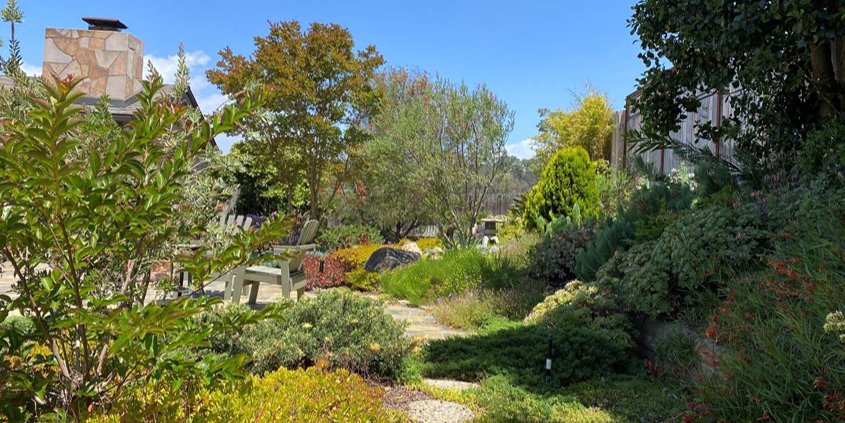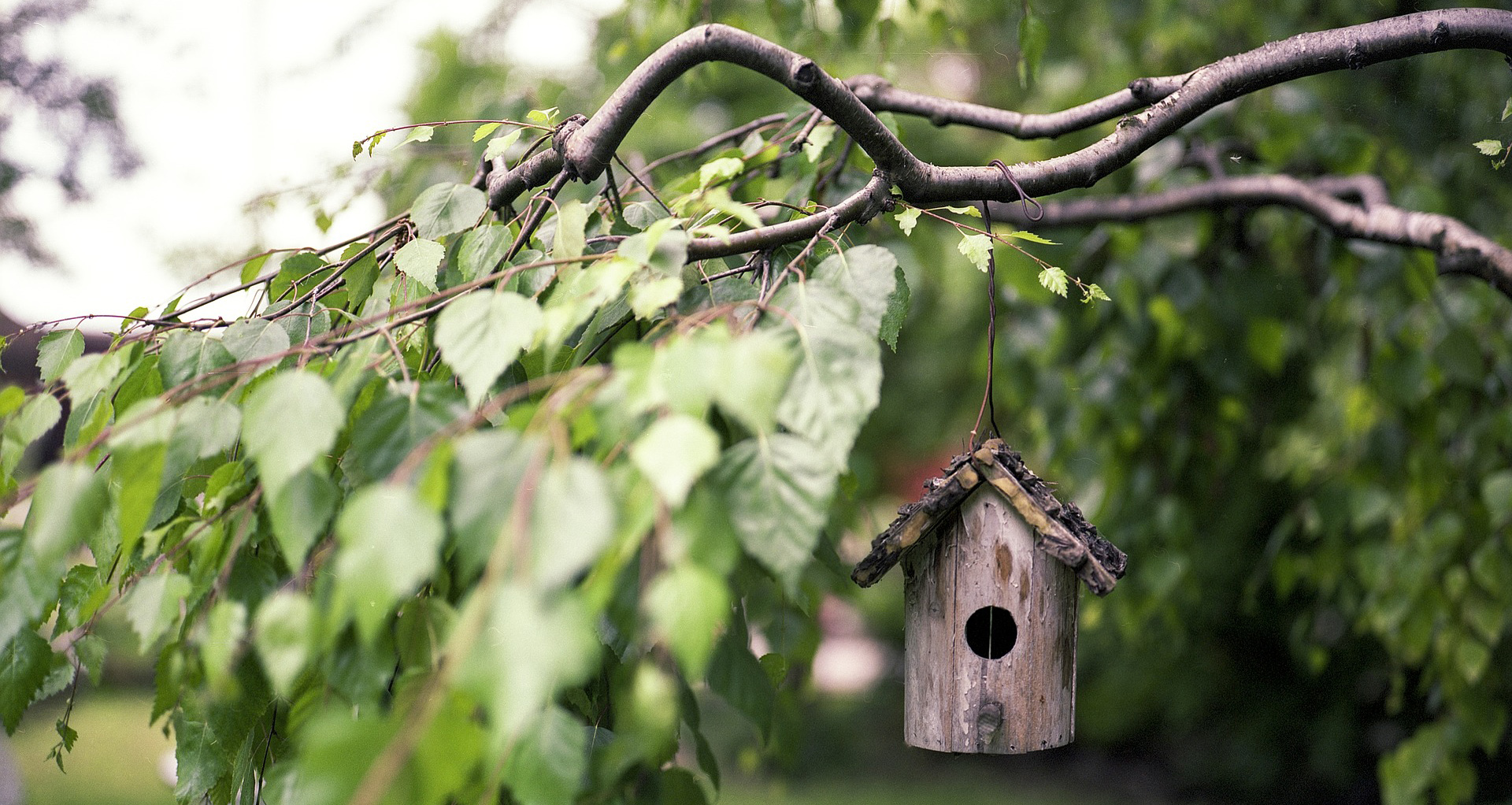 Carefully selected trees are the most valuable addition to your sustainable landscaping. Photo: Helix Water District
Carefully selected trees are the most valuable addition to your sustainable landscaping. Photo: Helix Water DistrictTrees: Landscaping MVP (Most Valuable Plant)
New waterwise landscaping represents a significant investment in time and cost. Trees stand out as the most valuable players in your landscape design. No other landscape plant offers greater benefits to your landscape and the environment as a whole.
Trees save energy and clean the air. They counteract the urban heat island effect and fight climate change. Trees provide property protection and improve property values. Neighbors with more trees even have lower crime rates.
Investing in tree maintenance is vital to keep them healthy. Tree pruning should only be done for a specific reason. First, for corrective or preventative measures. Second, to remove dead, crowded, or poorly angled branches or to reduce potential hazards. Third, to increase light and air penetration for healthy growth.
Tips from pros on pruning and thinning trees

Trees are the most valuable players in your landscape design, and you can keep them healthy by using proper pruning techniques. Photo: Benjamin Balazs/Pixabay
Routine thinning does not always improve the health of a tree. Removing large amounts of foliage all at once can put stress on a tree’s stored energy reserves, resulting in stunted growth.
Pruning should be performed in the best season for the tree to avoid potential disease and to avoid pruning just after the spring growth flush.
There should be a purpose for each cut, as each cut into a tree can change the growth of the tree for many years to come. Improper or careless pruning can cause damage over the life of the tree. It is important to know where and how to make cuts before beginning the process.
When a tree branch is cut, it compartmentalizes the wound to protect itself. A small cut does less damage than a large cut. Waiting to prune a tree until it is mature can create the need for large cuts, which can threaten the life of the entire tree. Ongoing and regular maintenance is a must.
Call on a certified arborist to maintain your trees in optimal health. Arborists are specialists trained in the art and science of planting, caring for, and maintaining individual trees. They can identify and treat diseases before they spread to other trees. Find qualified professionals at the International Society of Aboriculture and the American Society of Consulting Arborists.
This article is part of a year-long series inspired by the 71-page Sustainable Landscapes Program guidebook. The Water Authority and its partners also offer other great resources for landscaping upgrades, including free WaterSmart classes at WaterSmartSD.org.


